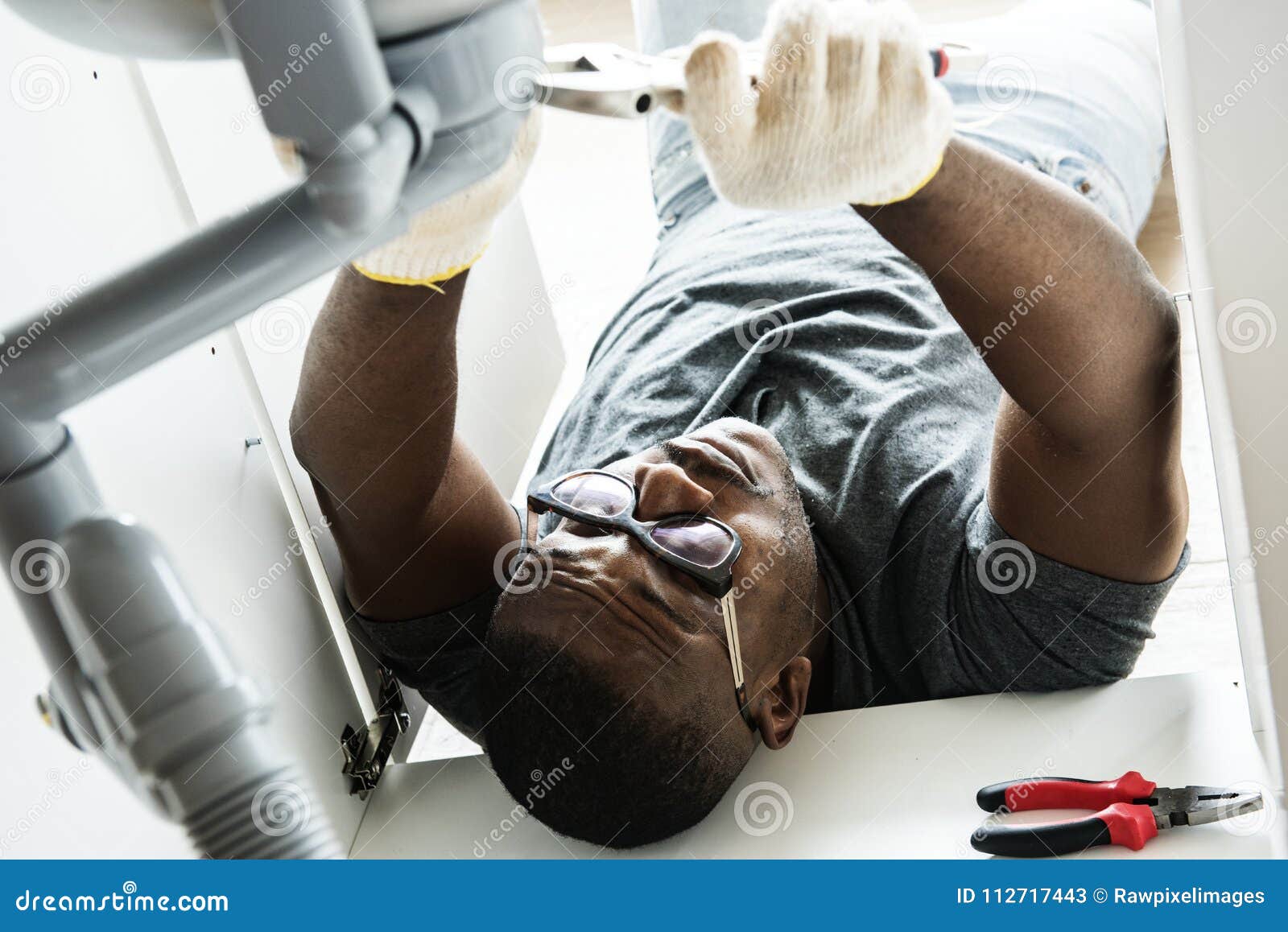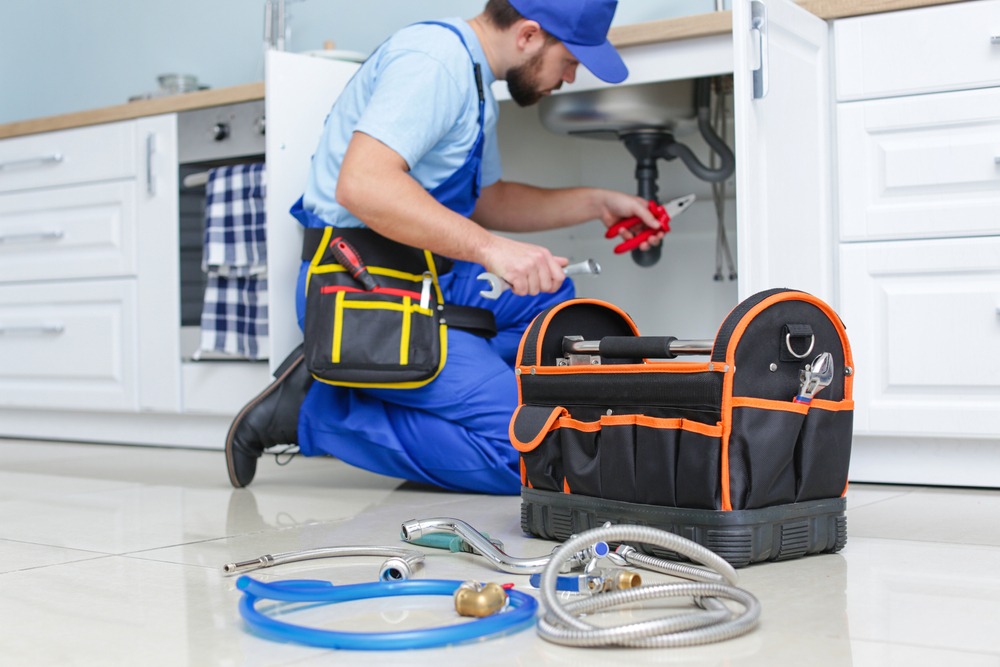Reliable Plumber Alabaster AL for All Your Emergency situation Demands
Reliable Plumber Alabaster AL for All Your Emergency situation Demands
Blog Article
A Detailed Overview to Efficient Water Heating Unit Installation for Optimal Efficiency
Beginning on the task of installing a hot water heater is an endeavor that demands accuracy and an organized technique for accomplishing optimal efficiency. The procedure begins with the vital decision of picking the appropriate heating system tailored to the details demands of your family, considering variables such as size, power, and type source. As soon as chosen, preparing the installment area to fulfill security standards is vital. Nevertheless, the trip does not end right here. As you proceed, the intricacies of connecting water supply lines and establishing trustworthy electrical or gas links await, encouraging understandings right into making sure effectiveness and integrity.
Picking the Right Hot Water Heater

Following, consider the dimension and ability of the water heater. It's important to assess your home's warm water demands, which can differ based upon the variety of occupants and their usage patterns. A system that's as well tiny might lead to inadequate hot water, while a large version could cause unneeded energy consumption.
Effectiveness rankings additionally play a pivotal role in selection. Look for water heaters with high Energy Element (EF) scores, suggesting premium efficiency and decreased energy usage. Tankless models, though generally much more costly in advance, offer substantial energy savings in time because of their on-demand heating capabilities.
Preparing the Installation Location
Prior to mounting a brand-new water heating system, careful preparation of the setup location is vital. This guarantees a smooth setup process and aids protect against future difficulties (Plumber Alabaster AL). Begin by picking a proper place that adheres to local building regulations and safety and security requirements. The area needs to be completely dry, well-ventilated, and obtainable for maintenance. It's essential to gauge the area thoroughly to suit the water heating unit's dimensions, making certain appropriate clearance around the unit for reliable operation and maintenance.
Inspect the floor for stability, as the water heating system will certainly require a strong, degree surface to operate efficiently. If needed, set up a drip pan underneath the system to catch prospective leaks or spills, avoiding water damage to the surrounding area.
Additionally, guarantee that all required tools and materials get on hand prior to beginning the setup. This includes items such as wrenches, screwdrivers, a level, and any type of extra hardware required for placing and safeguarding the heating system. A well-prepared installation location establishes the foundation for an effective hot water heater configuration, enhancing performance and safety.
Connecting Water Lines
When attaching supply of water lines to your newly mounted hot water heater, it is vital to make certain over at this website that all links are safe and secure and leak-free to maintain reliable operation and prevent water damages. Begin by determining the cool and warm water lines. The chilly water inlet is usually noted with a blue tag or a "C", while the warm water electrical outlet is marked with a red label or an "H".
Usage versatile water heater ports to help with a simpler installment procedure. These More about the author connectors can absorb resonance and enable mild movement, lowering the risk of leakages. Before connecting the adapters, place a plumbing's tape around the threaded ends of the hot water heater's inlet and outlet pipelines - Plumber Alabaster AL. This tape functions as a sealer, avoiding leakages. Thoroughly attach the adaptable hose pipes to the corresponding inlet and outlet, guaranteeing that they are not over-tightened but tight, which might harm the threads.
When links remain in area, gradually switch on the major supply of water valve. Check each link for leakages by visually checking and feeling for moisture. Tighten links as needed, and make sure the stress alleviation valve is correctly installed, guarding against extreme stress build-up.
Setting Up Electric or Gas Connections
Effectively establishing up the electrical or gas connections for your water heating system is a crucial step to ensure reliable and safe operation. For electric water heating systems, start by validating that the electric circuit is compatible with the heating unit's voltage and amperage needs.
For gas water heating systems, safety and security is paramount. Attach the gas line to the water heating unit using an adaptable gas connector, ensuring it is correctly threaded and sealed with pipe joint compound or Teflon tape ideal for gas connections.
As soon as Going Here connections are made, inspect for any prospective leakages. For gas lines, use a soapy water service to the joints; bubbles suggest a leakage. For electrical connections, confirm that all electrical wiring is protected and properly insulated, maintaining conformity with neighborhood electrical codes.
Readjusting and testing for Efficiency
With the electrical and gas links securely in location, the following action is reviewing the operational performance of your water heating unit. Begin by thoroughly turning on the water supply and making certain there are no leakages at any of the joints or valves.
Next, perform a complete evaluation to make sure the burner or gas heaters are working appropriately. For electrical heating units, utilize a multimeter to validate if the elements are attracting the suitable current. In gas designs, observe the heater fire; it ought to be blue and stable, suggesting reliable burning.
Adjust the settings as required to eliminate inefficiencies. Take into consideration carrying out insulation measures, such as including a hot water heater covering, to better enhance performance by minimizing warm loss. In addition, check the anode rod's problem, as a worn-out pole can lower efficiency and cause storage tank corrosion.
Final Thought
Reliable water heater setup is critical for making sure optimal efficiency and energy savings. Firmly linking water supply lines and meticulously establishing up electric or gas connections minimize possible problems.

Properly setting up the electric or gas connections for your water heating unit is a crucial action to make sure efficient and risk-free operation. For electrical water heaters, begin by verifying that the electric circuit is compatible with the heating unit's voltage and amperage requirements. Connect the gas line to the water heating system making use of a versatile gas port, guaranteeing it is appropriately threaded and sealed with pipe joint compound or Teflon tape ideal for gas links.
Report this page